Sea Turtles are one of Costa Rica’s iconic species, thanks to several key nesting beaches on its Caribbean and Pacific coastlines. Although sightings cannot be guaranteed, as with all wildlife in Costa Rica, here are some of our top tips to give you the best chance of spotting a sea turtle during your trip.
Responsible Sea Turtle Watching
- – Always go with a certified local guide.
- – Wear dark clothing and use a red-light torch/headlamp.
- – Keep a respectful distance and follow the advice of your guide.
- – When working with hatchlings, wear gloves and avoid touching them or trying to “help” them to the ocean.
- – Speak with a travel specialist to understand how best to include a visit to a sea turtle nesting site during your trip to Costa Rica
Where to See Turtles in Costa Rica
Caribbean Coast of Costa Rica
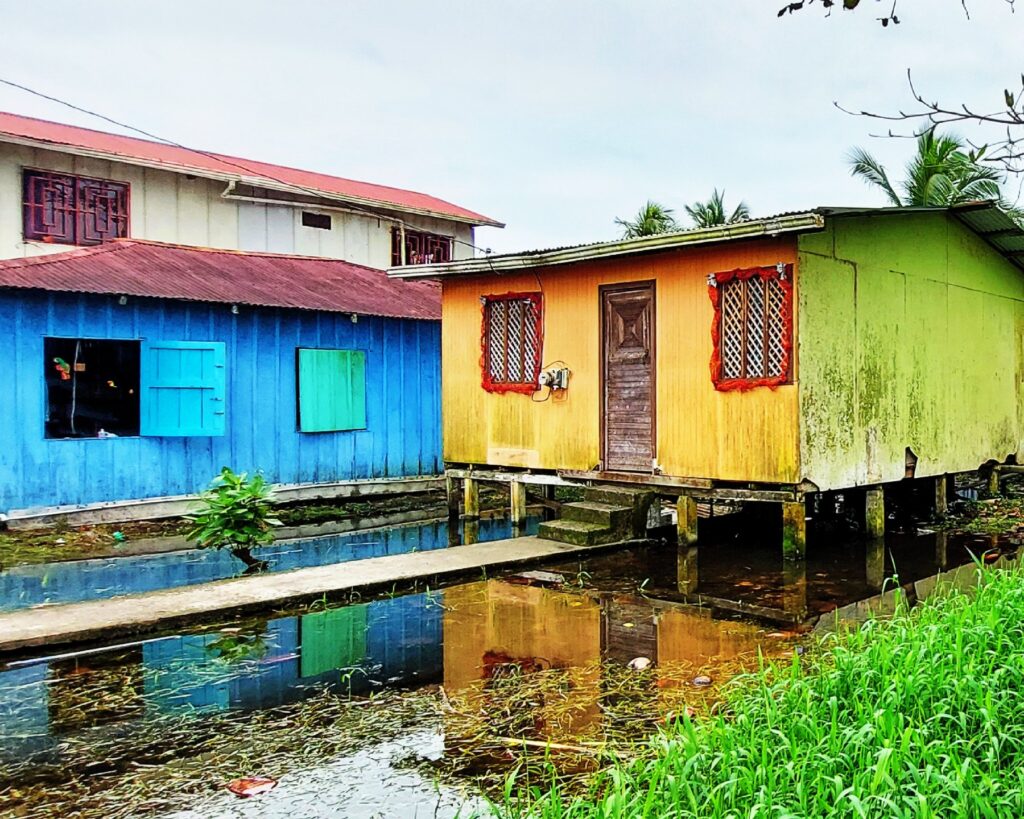
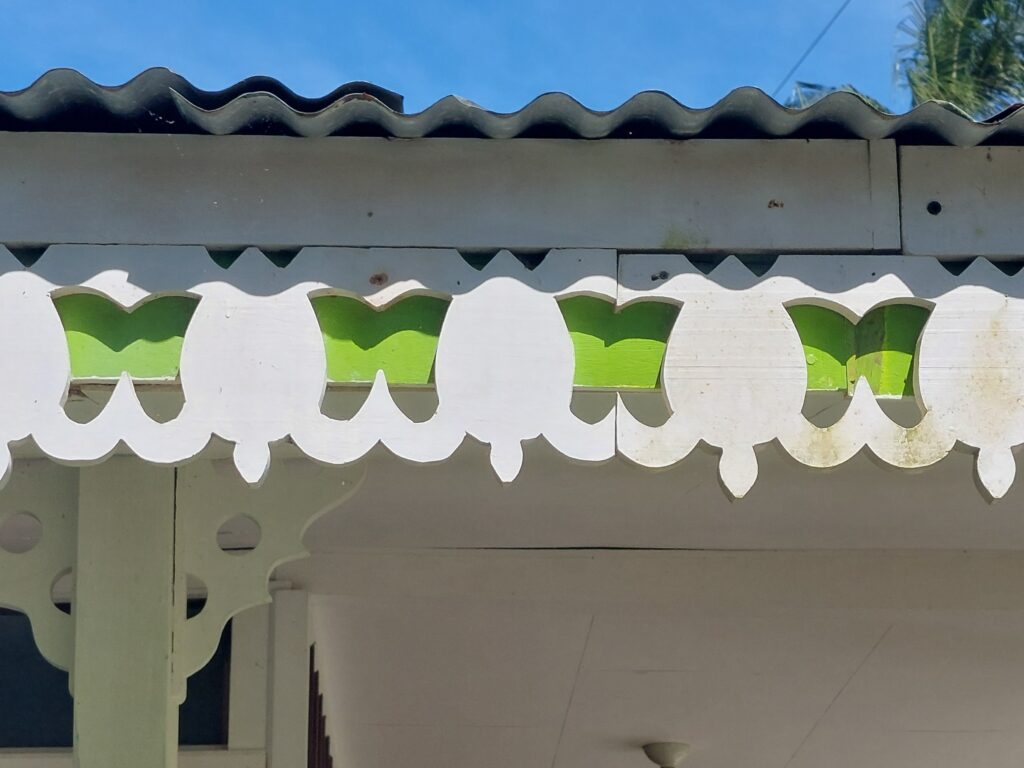
Tortuguero National Park
July – October (peak in August and September)
Tortuguero National Park is the most important nesting site of the green turtle (Chelonia mydas) of the Caribbean coast in Tropical America. Night tours with local guides offer the chance to see the natural wonder of sea turtle nesting up close. Hawksbill (Eretmochelys imbricate) and leatherback (Dermochelys coriacea) turtles also nest here in smaller numbers.
Further support the protection of sea turtles by visiting the Sea Turtle Conservancy Visitors Center during your stay in Tortuguero.
Sea Turtles in Parismina & Barra del Pacuare
March – July
These quieter communities south of Tortuguero offer a more intimate turtle-watching experience. Leatherback (Dermochelys coriacea), hawksbill (Eretmochelys imbricate) and green turtles (Chelonia myda) are found here, with nesting occurring mainly between March and June. Local guides and turtle conservation organizations, such as ASTOP and Pacuare Reserve, protect nests and release hatchlings.
Parismina and Barra del Pacuare are also the first stops of the Camino de Costa Rica, making them important destinations for hikers beginning their cross-country journey through Costa Rica.
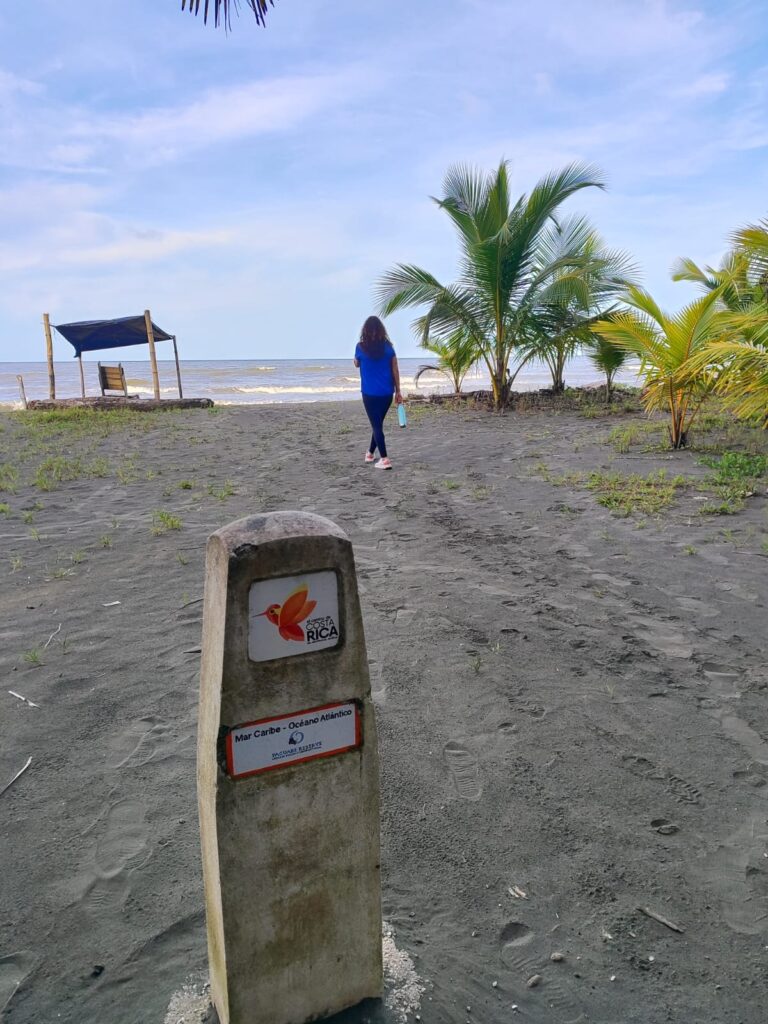
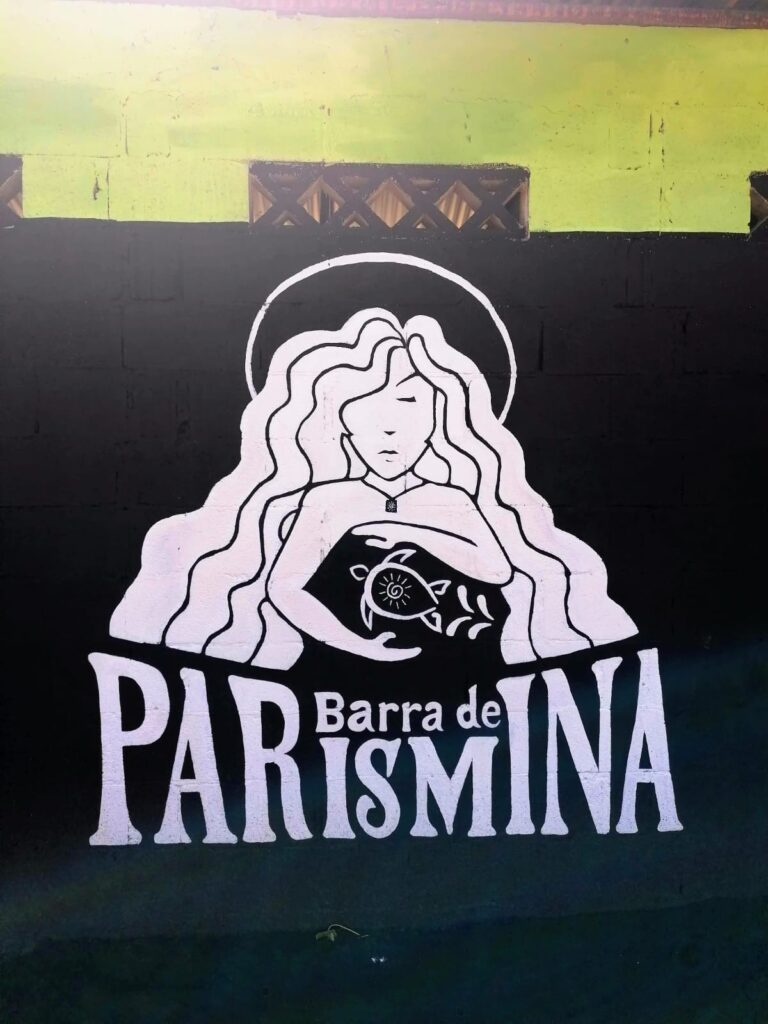
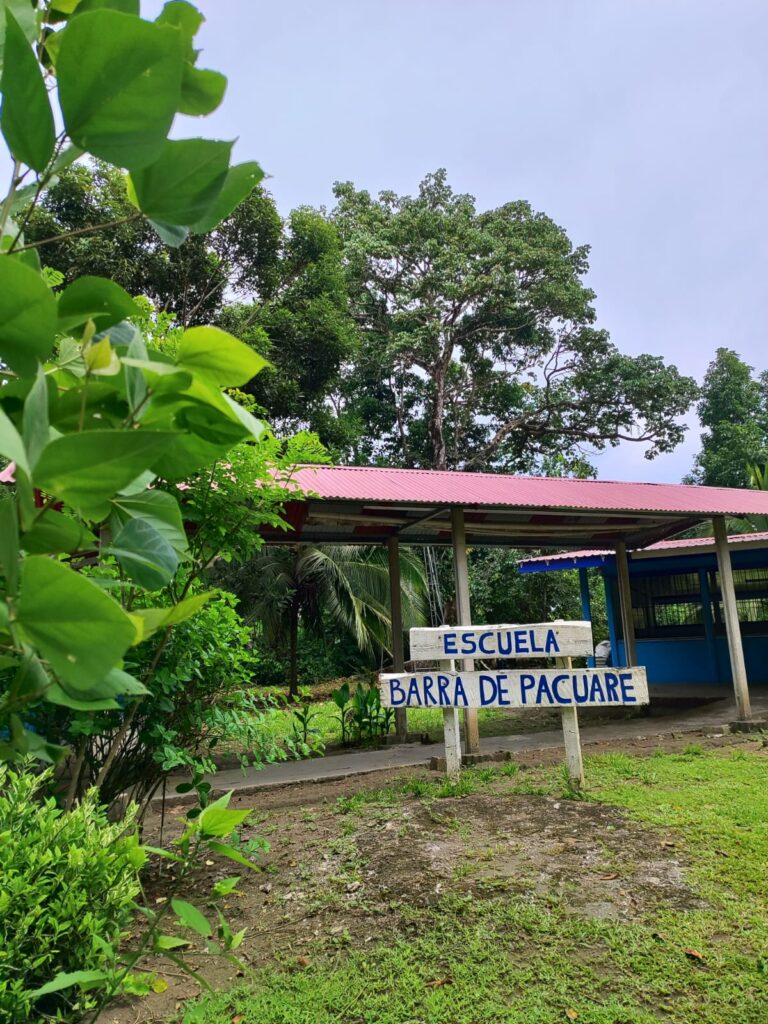
Gandoca-Manzanillo Wildlife Refuge
March – July
Located thirty minutes from Puerto Viejo towards the border with Panama, this lesser-visited refuge is a key nesting and feeding site for hawksbill turtles (Eretmochelys imbricata), leatherback turtles (Dermochelys coriacea), and green turtles (Chelonia mydas). The Gandoca-Manzanillo National Wildlife Refuge also has one of the last patches of primary rainforest and a large area of mangroves to explore.
See our The Best of the South Caribbean Coast for more inspiration for exploring this unique part of Costa Rica.
Pacific Coast of Costa Rica
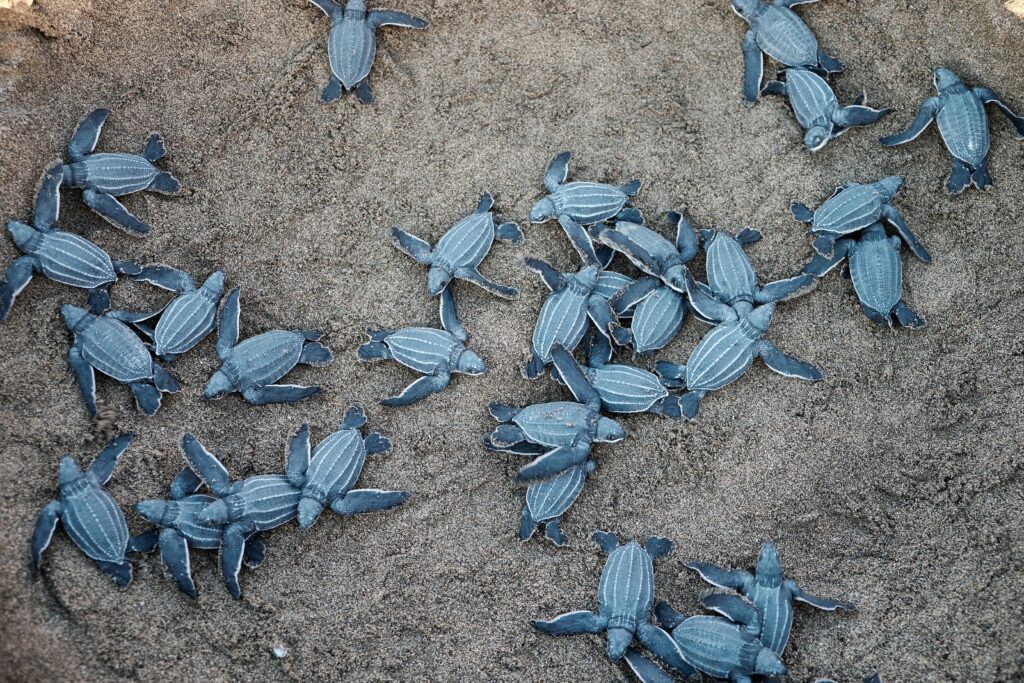
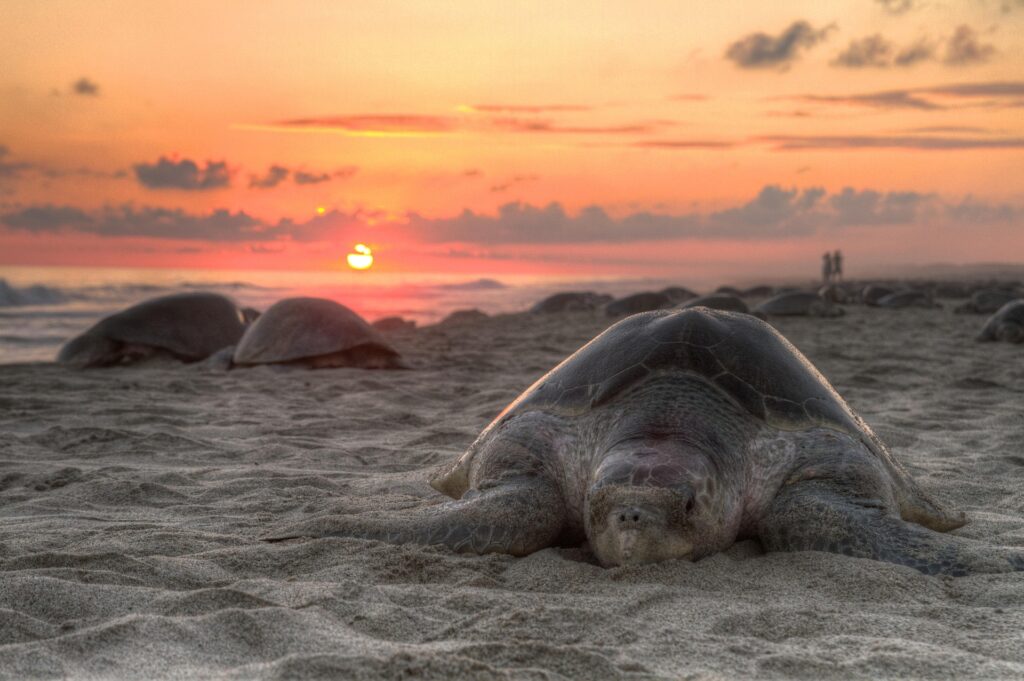
Ostional Wildlife Refuge
Year-round, with peaks between August and December
Ostional is known for the incredible natural phenomenon called the arribada, where tens of thousands of turtles come ashore to nest. During the nesting season, you will be able to see the Leatherback and Pacific Green sea turtles, and most famously, the Olive Ridley sea turtles. Afternoon/evening tours are offered to see nesting sea turtles and also in early morning to witness the hatchlings making their way to the ocean.
Follow the Asociacion de Guias Locales de Ostional for up-to-date-information on sea turtle activity in this region.
Parque Nacional Marino Las Baulas
November – April
Not far from the bustling destination of Tamarindo, Las Baulas National Park includes the beaches of Playa Grande, Playa Ventanas, and Playa Langosta. As the name suggests, Las Baulas (meaning leatherback in Spanish) is a globally significant nesting site for the critically endangered leatherback turtle (Dermochelys coriacea) and is also visited by the olive ridley turtle (Lepidochelys olivacea), black turtle (Chelonia agassizii).
It is mandatory to visit with a guide for night walks during nesting season, contact us to help you plan your trip to Las Baulas National Park.
Sea Turtles on the Osa Peninsula
August – April
The most biologically intense place in Costa Rica, the Osa Peninsula is a haven for olive ridley and Pacific green turtles. Beaches like Playa Carate see regular nesting and hatching activity most of the year. With fewer visitors and a deep focus on conservation, this is an ideal location for travelers looking to disconnect and immerse themselves in nature.
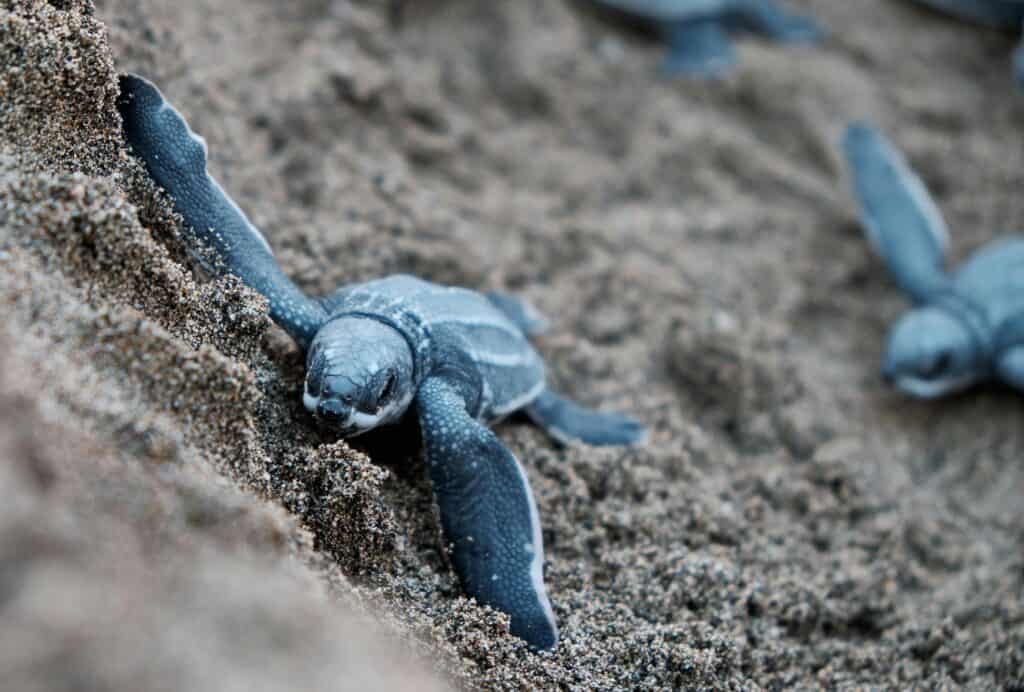
Isla Damas Sea Turtle Conservation
June – November
Many visitors to Manuel Antonio explore the mangroves of Isla Damas by boat or kayak, but few know that this is a key area for protecting endangered sea turtles. Conservation groups monitor nests and sometimes allow guided night walks and hatchling releases for those seeking a more low-key, off-the-radar turtle experience.
Visit Turtle Conservation Association of Islas Damas for information on how to support their work.
